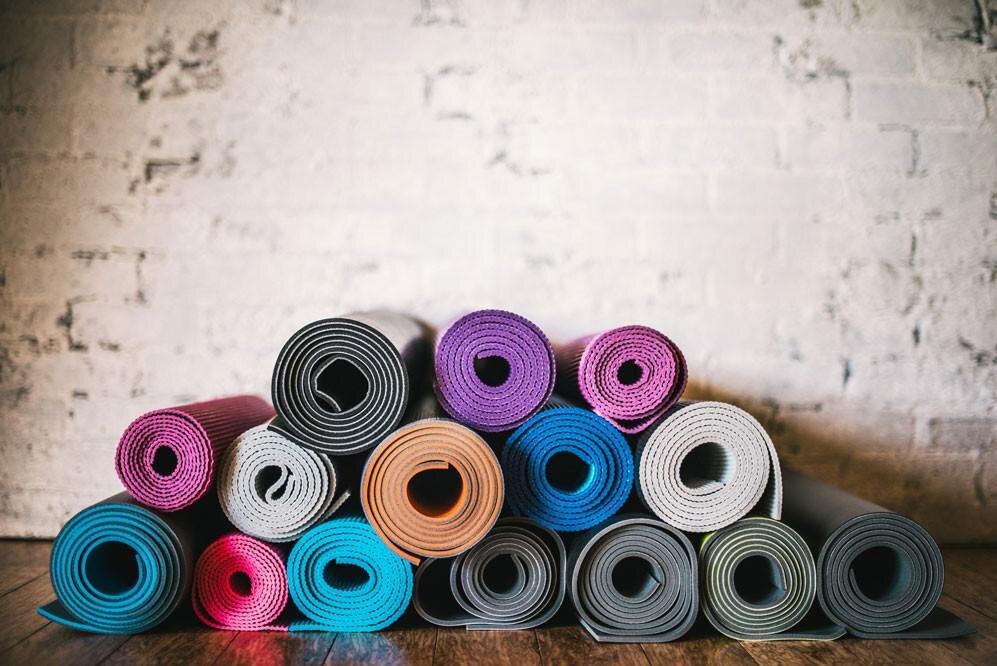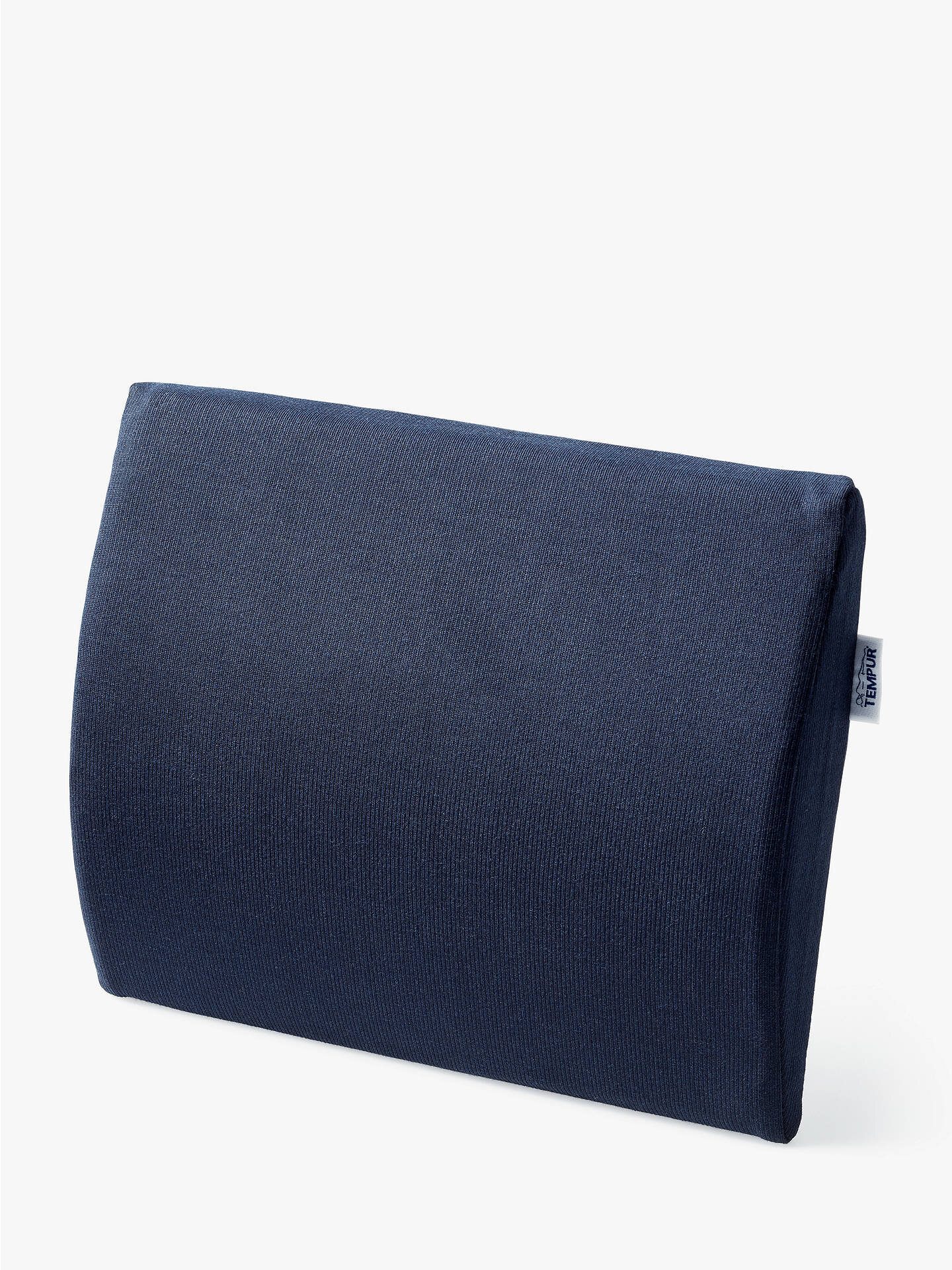We are all stuck at our homes for weeks to support NHS and those they are the most vulnerable to help stop the spread of the coronavirus. The end is unsure, nobody knows if we are going to have a second wave of Covid-19 that will ask us to stay at home again in the future.
Therefore, we created a list of home gym equipment that good to own if you wish to train as a pole dancer, an aerialist or you simply want to stay or get fit since public gyms, fitness centres, pole dancing and aerial/circus schools keep their doors closed to the public following the measures of government.
The list goes from the most important to have ones to those that you need to have if you are really committed. If you consider to join us at Floating Fitness London Online, keep in mind that we use these tools to spice up our home training and have fun whilst workout. We have also included some suggestions on how to rig your own version of various tools. We won’t include brand suggestion. Our aim is to keep you fit and healthy with more fun if we need to work-out from home.
Here you are:
Yoga mat
Yoga mat helps practitioners to keep their hold strong on the surface due to its anti-slipping nature. It also provides a sort of insulation between the human body and the ground. Any yoga mat would do, the market is full with options. PVC mats are more affordable, great for grip. You don’t have to have the most expensive ones to do your exercises. If you are taking eco-friendliness into consideration check if they are made from natural materials. Those mats should really come in recyclable packaging as well.
Yoga bricks
A yoga brick is usually used as a prop in yoga as exercise. A yoga brick helps ‘bring the floor to you’ e.g. if your hands can’t make it to the floor in a forward fold, you can use them for support. They can also be used for back bend support or building up core strength for handstands.
Broom, mop or long stick
Simply separate the mop/broom bit from the stick and you have the simplest home gym equipment ever for stretching, strengthening and handstand practice. Also, a rope or a longer towel pulled taut will work for these exercises, too.
Flat Resistance Bands
Resistance bands are literally ‘bands’ that are elastic. Originally, their sole use was as a rehabilitation method for patients wanting to get back to exercise post-injury. Since resistance bands are adaptable and come in light resistance levels, they’re also used for stretching. They can be used before or after a workout, or at any time to generally improve flexibility in the joints and muscles. Choose a medium strength if buying only one.
Booty bands/Mini bands
Every move in this workout can be done with or without booty bands, so don't worry if you don't have one. But by adding that resistance band, you'll fatigue your muscles much faster, really target your inner thighs, and lift and round your butt by working the gluteus maximus to the max. You can also create a booty band out of your flat resistance band by tiding them into a smaller loop.
Superbands
Superbands are resistance bands designed for heavy duty use. This versatile tool uses tension as its load, and maintains resistance pretty much throughout a range of motion. The movement possibilities are endless, which can provide so much variety to your program either at home or away. I recommend the “purple” strength, which is about 40-80 pounds (20-40kg) of resistance. You will be able to use them for stretching and strengthening.
The peanut massage ball
The peanut massage ball is a versatile self-massage tool for regeneration and mobilisation of muscles and fascia. It massages the deeper-lying muscle groups and hard to reach areas. The peanut massage ball helps to relieve muscle tension. Using peanut ball properly can improve flexibility and performance of the muscles. Instead of a mobility peanut, you can tape two tennis balls together.
Foam roller
A foam roller is a lightweight, cylindrical tube of compressed foam. It may be used for increasing flexibility, reducing soreness, and eliminating muscle knots. We are going to use this equipment for stretching and muscle tension release.
Ankle (and Wrist) Weights
Ankle weights are one of the most essential tools in creating toned, lean legs and a lifted butt with same benefits if used on wrists for the arm muscles. The added weight allows the muscles to activate and work just hard enough to become prominent without breaking down and bulking, allowing you to feel muscles that you normally keep dormant. Have a set of 0.5 kg/each (1.1 pounds).
Exercise Sliding discs/Core Exercises sliders
These small, flat round discs are designed to create a sliding surface between your hands or feet and the floor. So rather than lifting your arms or legs during bodyweight exercises, you slide your hands and feet across the floor while supporting your full weight. Sliders are inexpensive and provide a challenging workout that builds both strength and stability, and can also be used to build endurance, flexibility, and even assist in injury rehab. Sliding discs give you an intense abdominal workout, core exercise that is essential for handstands on floor or on the pole. Some discs are dual sided, so you can use them on carpet and on hardwood floor. They're super-convenient. You can carry them around with you, and use them anywhere—all you need is a floor. Alternatively use a pair of thick socks or two old cloths under your feet – however with this you only will be able to exercise on wooden/tiles floor and can be more painful…Only for badass personalities…:)
Lumbar or knee cushion
If you want to protect your knees or switch off your lumbar spine in hamstring stretches buy a purpose made cushion. Equally great and cheaper solution is to roll up a towel or use a thin pillow under the knee and lumbar spine if needed.
If you have any questions do not hesitate to contact us: info@floatingfitness.co.uk











